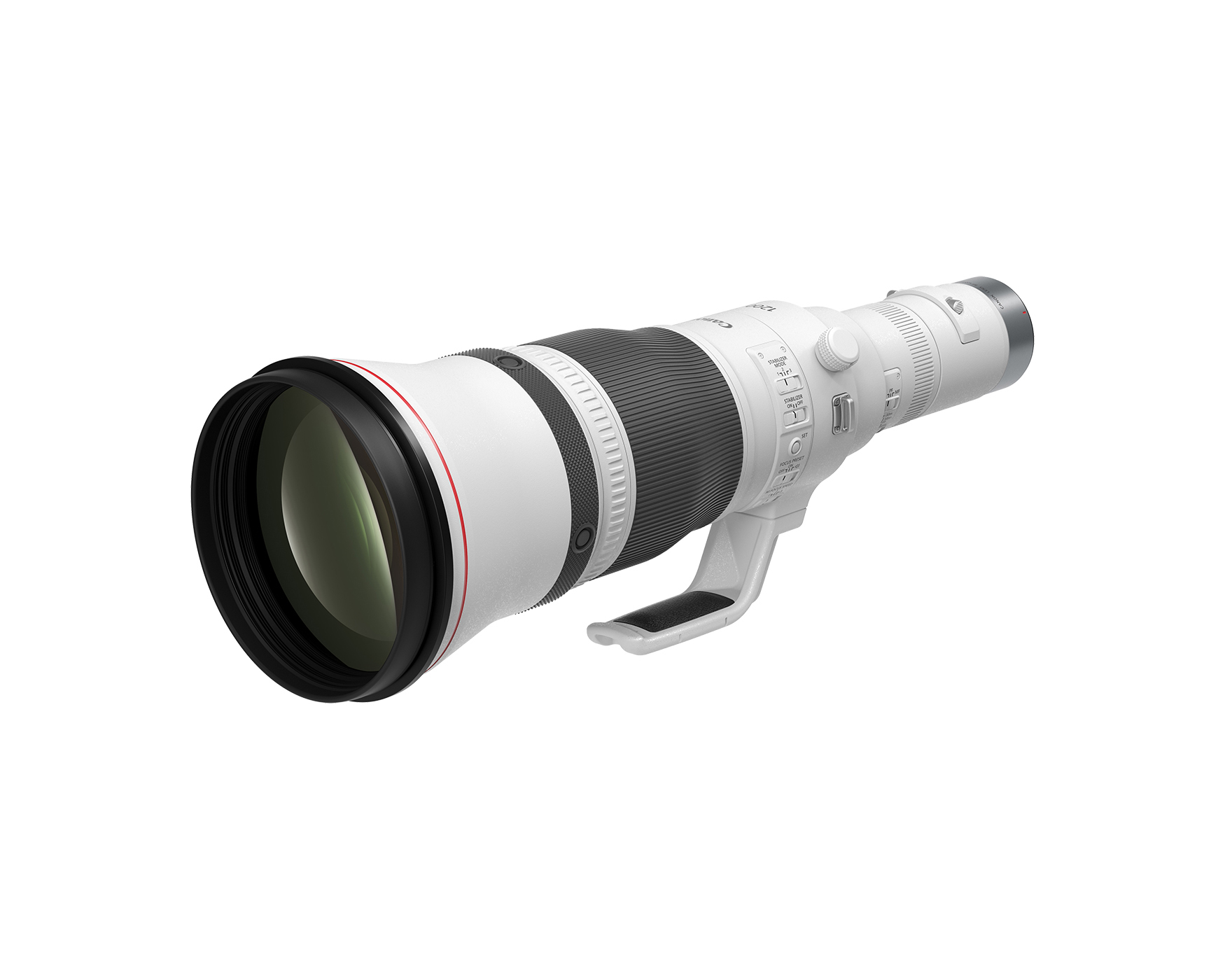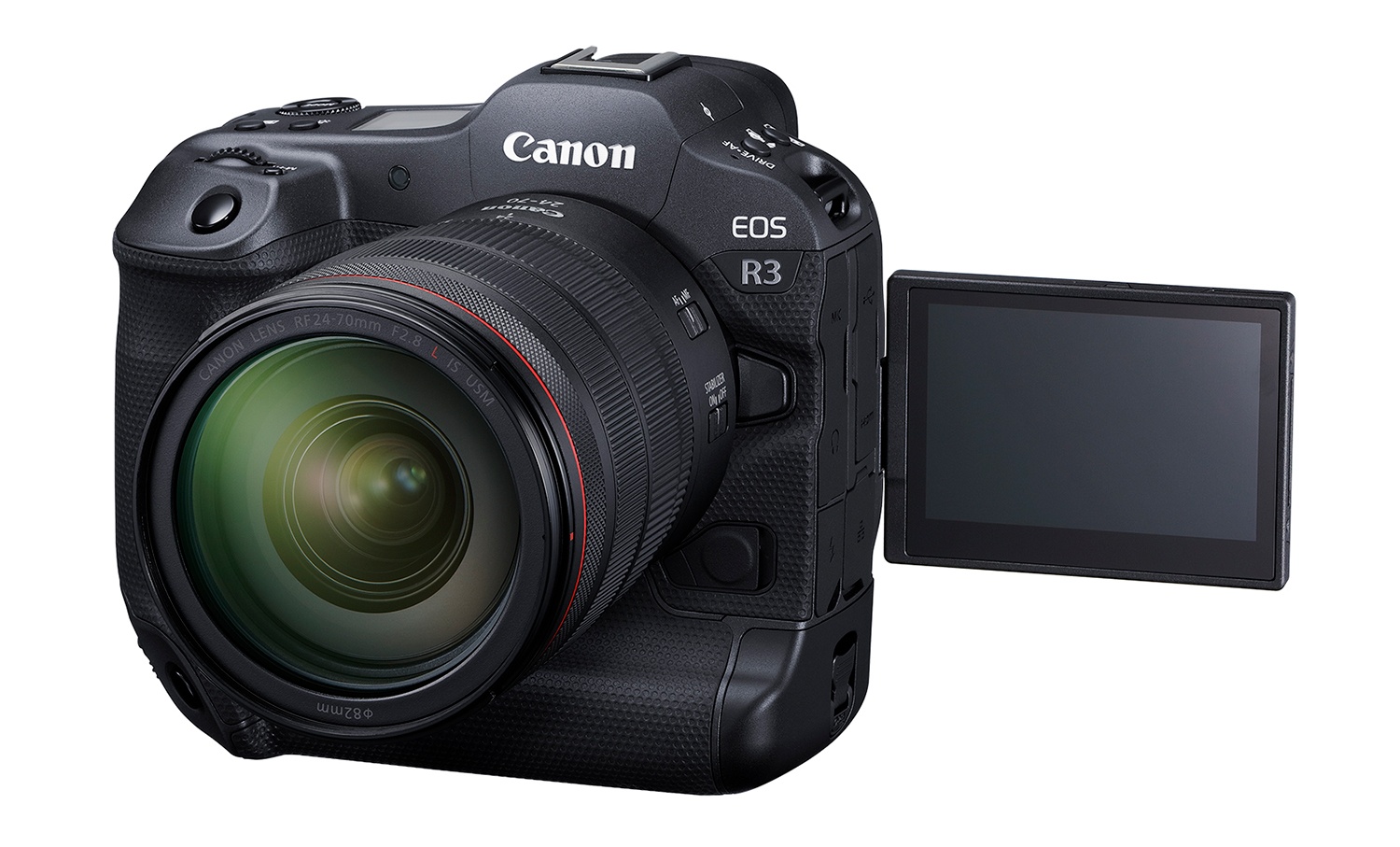Canon released firmware updates for five telephoto lenses. Here they are. Please note: we linked…
All that glitters is not gold: Sony A9 not ISO-invariant and sacrifices dynamic range for speed
Sony a9 at a glance:
- 24.2MP Full-Frame Stacked CMOS Sensor
- BIONZ X Image Processor & Front-End LSI
- 693-Point AF System & 20 fps Shooting
- Blackout-Free Quad-VGA 3.7m-Dot OLED EVF
- Internal UHD 4K Video Recording
- 5-Axis SteadyShot INSIDE Stabilization
- 3.0″ 1.44m-Dot Tilting Touchscreen LCD
- ISO 204,800, Silent Electronic Shutter
- Built-In Wi-Fi/Bluetooth, Dual SD Slots
- Integrated LAN and PC Sync Terminals
There is no free lunch and anything comes at a price. This appears to be true especially for Sony gear, always hyped and most of the time only because of the specifications sheets.
DPReview wanted to know better. They put the Sony a9 on their test bench, and found some interesting things. So, how does the powerhouse a9 perform when it comes to ISO-invariance (what is it?) and dynamic range.
DPReview found out that the Sony a9 is not ISO-invariant, and that “the camera is adding a fair amount of read noise that results in noisy shadows, limiting dynamic range at base ISO“. They also found that the Sony A9 sensor “was likely optimized for speed at the expense of low ISO dynamic range“.
What does all this mean? According to DPReview “this limits the exposure latitude of a9 Raws, so you’ll have some limited ability to expose high contrast scenes for the highlights, then tonemap (raise) shadows in post“.
All that glitters is not gold. Read DPReview’s in-depth analysis.





